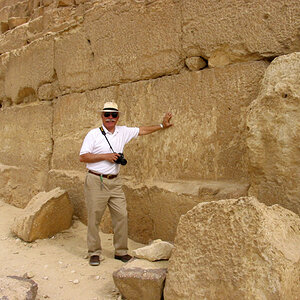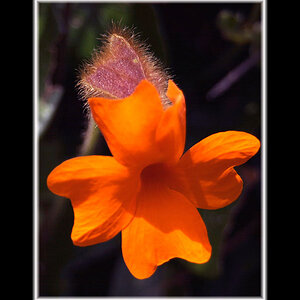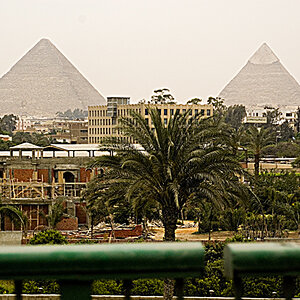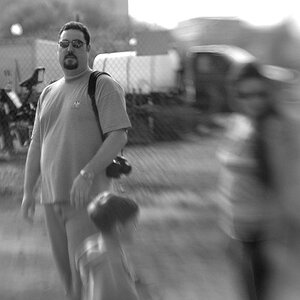Navigation
Install the app
How to install the app on iOS
Follow along with the video below to see how to install our site as a web app on your home screen.

Note: This feature currently requires accessing the site using the built-in Safari browser.
More options
You are using an out of date browser. It may not display this or other websites correctly.
You should upgrade or use an alternative browser.
You should upgrade or use an alternative browser.
Thinking About Film Again
- Thread starter smoke665
- Start date
- Joined
- Jun 9, 2013
- Messages
- 20,580
- Reaction score
- 12,709
- Website
- moderndinosaur.wordpress.com
- Can others edit my Photos
- Photos NOT OK to edit
I've been having the urge to pull out the old K1000 and try B&W again. Any suggestions on choice of film for a first attempt????
Ilford HP5. I mean, Tri-X is still around and fantastic as always, but as their prices went up, I slowly migrated to Ilford and found that their HP5 is excellent as well. Plus, I feel that it pushes better than Tri-X, if you do that at all.
K1000

- Joined
- Jun 9, 2013
- Messages
- 20,580
- Reaction score
- 12,709
- Website
- moderndinosaur.wordpress.com
- Can others edit my Photos
- Photos NOT OK to edit
Oh, and if you want slower film, Ilford Fp4.
- Joined
- Mar 29, 2016
- Messages
- 14,820
- Reaction score
- 8,264
- Can others edit my Photos
- Photos NOT OK to edit
Oh, and if you want slower film, Ilford Fp4.
Have you shot Ilford Delta Pro 100 Fine Grain?
- Joined
- Jun 9, 2013
- Messages
- 20,580
- Reaction score
- 12,709
- Website
- moderndinosaur.wordpress.com
- Can others edit my Photos
- Photos NOT OK to edit
Oh, and if you want slower film, Ilford Fp4.
Have you shot Ilford Delta Pro 100 Fine Grain?
I shot a few rolls a while back - not sure if it was 100 or 400. It didn't grab me. It's a good film and many folks like it, but I'm not sure that it suited the kind of shooting I was doing. I have nothing against that super fine sharp look to an image, but I just tend to prefer a bit more texture.
Here are some reviews if you're interested:
Ilford Delta 100 Reviews - PhotographyREVIEW.com
Edit: Reading through some of them reminded me that I did find it a bit hard to get right. It's not as picky as slide film, but when the exposure isn't right, it can get muddy.
- Joined
- Jul 8, 2005
- Messages
- 45,747
- Reaction score
- 14,806
- Location
- Victoria, BC
- Website
- www.johnsphotography.ca
- Can others edit my Photos
- Photos OK to edit
Pan F, baby, Pan F!!!!Oh, and if you want slower film, Ilford Fp4.
- Joined
- Jun 9, 2013
- Messages
- 20,580
- Reaction score
- 12,709
- Website
- moderndinosaur.wordpress.com
- Can others edit my Photos
- Photos NOT OK to edit
Pan F, baby, Pan F!!!!Oh, and if you want slower film, Ilford Fp4.
Yes! I almost forgot. That's even slower - ISO 50. It's also pretty great!
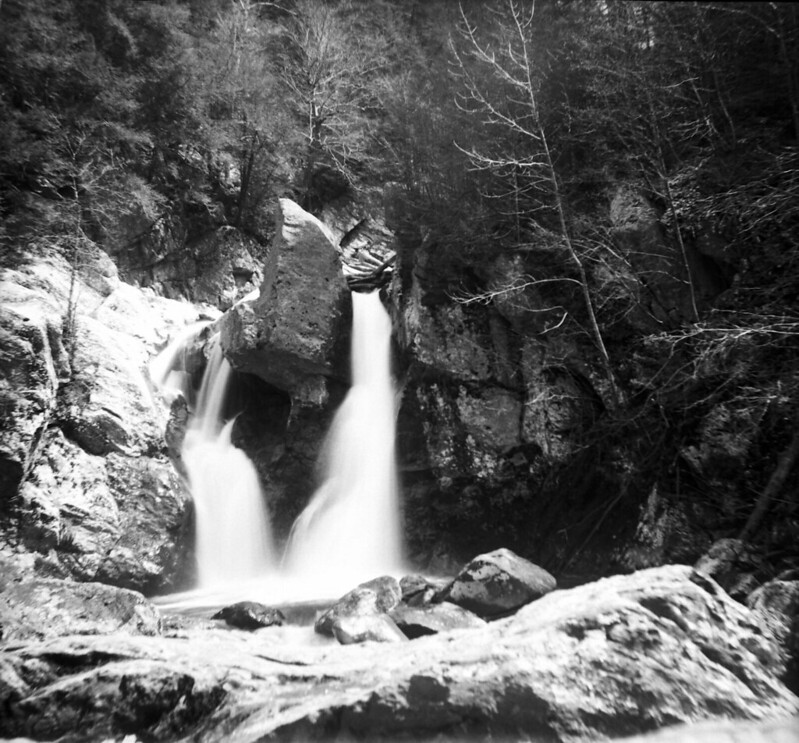
Bash Bish resized by limrodrigues, on Flickr
webestang64
Been spending a lot of time on here!
- Joined
- May 15, 2013
- Messages
- 2,811
- Reaction score
- 1,803
- Location
- St. Louis, MO. USA
- Can others edit my Photos
- Photos NOT OK to edit
Pan F is a nice.......info..... http://www.photoweb.ru/exusr/pdf/ilford/Pan_F_Plus.pdf
Dave Colangelo
No longer a newbie, moving up!
- Joined
- Apr 27, 2016
- Messages
- 452
- Reaction score
- 158
- Can others edit my Photos
- Photos NOT OK to edit
Ive been a big fan of pretty much everything Ilford offers. You can see most of it here (albums are generally annotated with the film I used). If you get into home developing ilford also offers all the chemistry you need and lots of great instructions on how to do it. To start out ilford says the HP5/FP4 stocks are a bit more forgiving on exposure latitude but with a good light meter you should have no issues with any film stock. Delta 100 yields some really nice all around results and has been my go to usually. If you are shooting a lot indoors you may want something faster like the HP5 400 speed.
Now for some possibly contentious advice....
The film is not so important as much as picking one film and shooting multiple (<- read as lots and lots) rolls of it and having it consistently processed. Good field notes will help here as well. Basically the best way to get back into it is to keep as much constant as you can. Observe what adjustments lead to what outcomes. Once you really learn how to nail an exposure you can work proficiently with any film stock.
Final advice: get a good light meter...
Dave
Now for some possibly contentious advice....
The film is not so important as much as picking one film and shooting multiple (<- read as lots and lots) rolls of it and having it consistently processed. Good field notes will help here as well. Basically the best way to get back into it is to keep as much constant as you can. Observe what adjustments lead to what outcomes. Once you really learn how to nail an exposure you can work proficiently with any film stock.
Final advice: get a good light meter...
Dave
john.margetts
No longer a newbie, moving up!
- Joined
- Dec 3, 2015
- Messages
- 1,100
- Reaction score
- 279
- Location
- Lincoln
- Can others edit my Photos
- Photos OK to edit
I rather like Fomapan Creative 200. Benefits from an EV of about 160.
- Joined
- Mar 29, 2016
- Messages
- 14,820
- Reaction score
- 8,264
- Can others edit my Photos
- Photos NOT OK to edit
Final advice: get a good light meter...
Have one, best accessory purchase I've made.
Any difference in exposing for digital vs film?
Dave Colangelo
No longer a newbie, moving up!
- Joined
- Apr 27, 2016
- Messages
- 452
- Reaction score
- 158
- Can others edit my Photos
- Photos NOT OK to edit
Any difference in exposing for digital vs film?
Hmmmm, generally no as digital cameras are largely made to reproduce the feel and function of older film cameras. Film tends to have more exposure latitude so over exposed bits wont get as blown out as they do on digital. I consider this an across the board advantage. The problems tend to lie in processing and not shooting often. Find a good lab that knows what they are doing or consider processing at home (its actually quite easy).
Dave
- Joined
- Jun 9, 2013
- Messages
- 20,580
- Reaction score
- 12,709
- Website
- moderndinosaur.wordpress.com
- Can others edit my Photos
- Photos NOT OK to edit
Final advice: get a good light meter...
Have one, best accessory purchase I've made.
Any difference in exposing for digital vs film?
I've heard that with digital, you want to shoot more for highlights because shadow detail can be brought out more easily. That seems to be similar advice when shooting with slide film. With b&w negative film, however, you have more flexibility with highlights - they don't get blown as easily. I mean, with high contrast scenes, you still have some choices to make, of course, but overall, you may end up having a bit more flexibility with the range at the high end.
- Joined
- Jun 8, 2010
- Messages
- 1,530
- Reaction score
- 762
- Location
- Texas
- Can others edit my Photos
- Photos OK to edit
Kodak Tri-x, Ilford Delta 100, Ilford Pan F, Rollei RPX 25, Film Ferrania p30
vintagesnaps
Been spending a lot of time on here!
- Joined
- Jan 13, 2013
- Messages
- 9,119
- Reaction score
- 3,109
- Location
- US
- Can others edit my Photos
- Photos NOT OK to edit
I'd have to go check my produce drawer in the fridge and see what's in there...I like Kodak TMAX and have used various Ilford films and papers.
Most reactions
-
 427
427 -
 287
287 -
 280
280 -
 266
266 -
 222
222 -
 196
196 -
 179
179 -
 179
179 -
 164
164 -
 164
164 -
 150
150 -
 130
130 -
 118
118 -
 95
95 -
I
94
Similar threads
- Replies
- 1
- Views
- 85
- Replies
- 2
- Views
- 86
- Replies
- 5
- Views
- 392


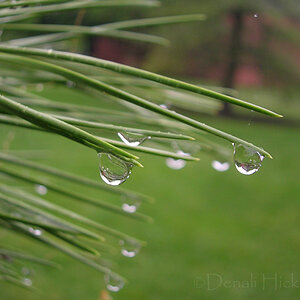
![[No title]](/data/xfmg/thumbnail/42/42054-e8278f89f6a543cad8fd644e37b064f3.jpg?1619739992)
